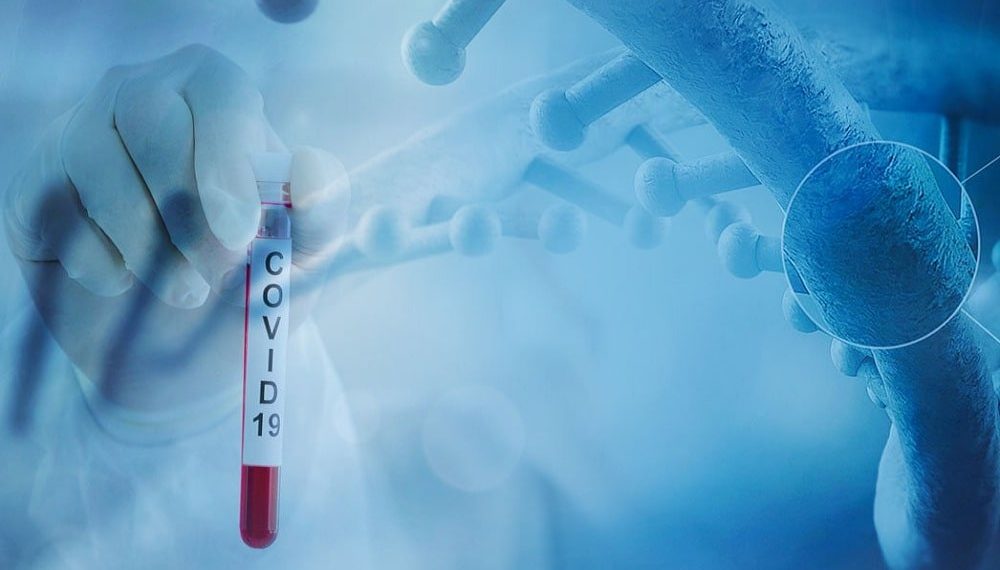Eli Lilly and Company and Incyte are sharing additional data showing baricitinib in combination with remdesivir reduced time to recovery and improved clinical outcomes for patients with COVID-19 infection compared with remdesivir. This finding was part of additional efficacy and safety data from the Adaptive COVID-19 Treatment Trial (ACTT-2) sponsored by the National Institute of Allergy and Infectious Diseases (NIAID), part of the National Institutes of Health (NIH) presented today by John Beigel, M.D., associate director for clinical research in the Division of Microbiology and Infectious Diseases at NIAID. These data were presented at a special International Society for Influenza and other Respiratory Virus Diseases Antiviral Group (isirv-AVG) Virtual Conference on ‘Therapeutics for COVID-19.’ The largest benefits were observed in patients requiring supplemental oxygen (grade 5 on the eight-point ordinal scale) and those who required high-flow oxygen/non-invasive ventilation (grade 6) at baseline.
New data presented today provide a better understanding of the improved clinical outcomes in hospitalized adults with COVID-19 infection who received baricitinib, including data for mortality. As previously reported, ACTT-2 achieved the primary endpoint, demonstrating that the overall patient population treated with baricitinib in combination with remdesivir improved their median time to recovery from 8 to 7 days in comparison to remdesivir, a 12.5% improvement (incidence rate ratio: 1.16; 95% CI: 1.01, 1.32; p=0.04). Recovery was defined as the participant being well enough for hospital discharge, meaning the participant either no longer required supplemental oxygen or ongoing medical care in the hospital, or was no longer hospitalized at Day 29. The study also met a pre-specified secondary endpoint. Using the ordinal scale that ranged from recovered to death, the odds of improvement in clinical status at Day 15 were 30% greater in patients being treated with baricitinib in combination with remdesivir compared with remdesivir (odds ratio 1.3; 95% CI: 1.0, 1.6; p=0.04).
A numerical decrease in death (35%) through Day 29 was observed in patients treated with baricitinib plus remdesivir compared to remdesivir in the overall population (5.1% vs. 7.8%, respectively; hazard ratio: 0.65; 95% CI: 0.39, 1.08; p=0.09). The reduction in mortality was more pronounced for patients receiving oxygen, as mortality at Day 29 was 60% lower and 43% lower for the OS5 and OS6 subgroups respectively. No new safety signals were observed for baricitinib-treated patients in this study. NIAID authors are working to have the full analysis completed and a peer-reviewed manuscript will be made available soon.
“We are excited that these results add to the potential role for baricitinib to treat hospitalized COVID-19 patients,” said Ilya Yuffa, Lilly senior vice president and president of Lilly Bio-Medicines. “Lilly is committed to identifying impactful preventions and treatments, and we are engaged in discussions with the FDA regarding the potential to make baricitinib available to hospitalized patients as quickly as possible.”
Lilly is continuing conversations with the U.S. Food and Drug Administration (FDA) around the potential for Emergency Use Authorization (EUA) of baricitinib, a JAK1/JAK2 inhibitor licensed to Lilly from Incyte, to treat hospitalized patients with COVID-19. In the U.S., baricitinib has not been approved by the FDA to treat COVID-19, and the efficacy and safety of baricitinib for the treatment of COVID-19 has not been established.
Indication and Usage for OLUMIANT (baricitinib) tablets (in the United States) for RA patients
OLUMIANT® (baricitinib) 2-mg is indicated for the treatment of adult patients with moderately to severely active rheumatoid arthritis who have had an inadequate response to one or more tumor necrosis factor (TNF) antagonist therapies. Limitation of Use: Not recommended for use in combination with other JAK inhibitors, biologic disease-modifying antirheumatic drugs (DMARDs), or with potent immunosuppressants such as azathioprine and cyclosporine.



















